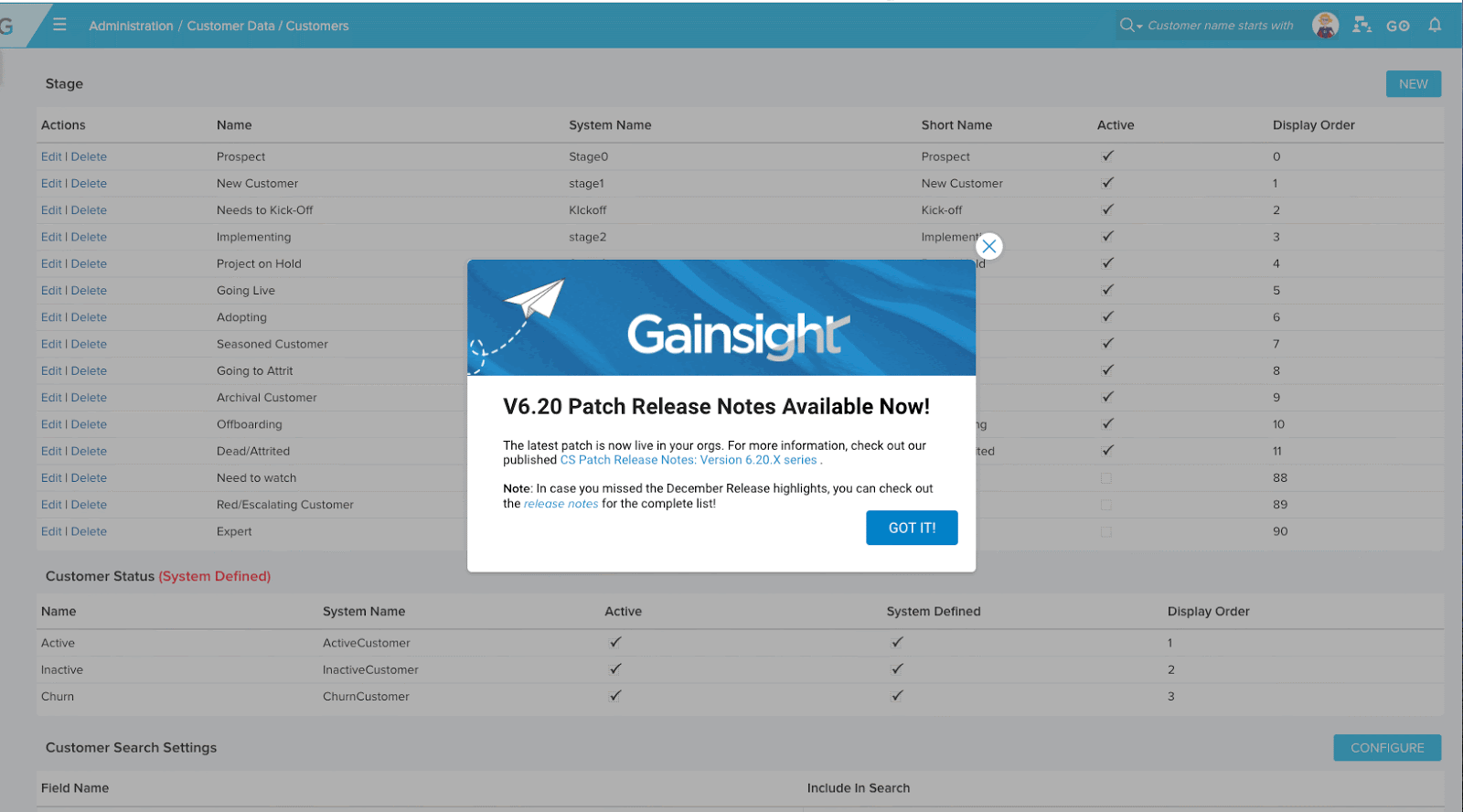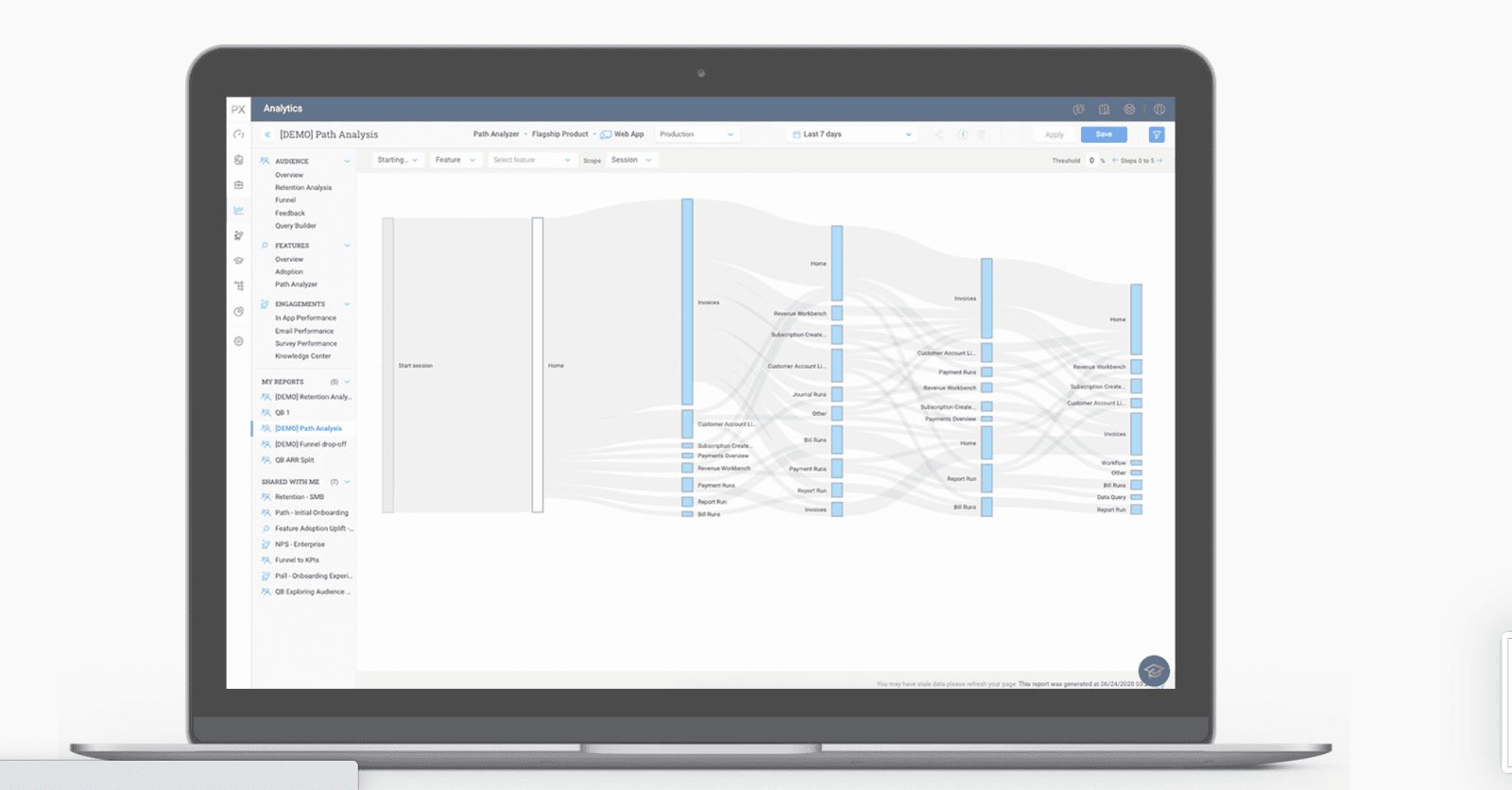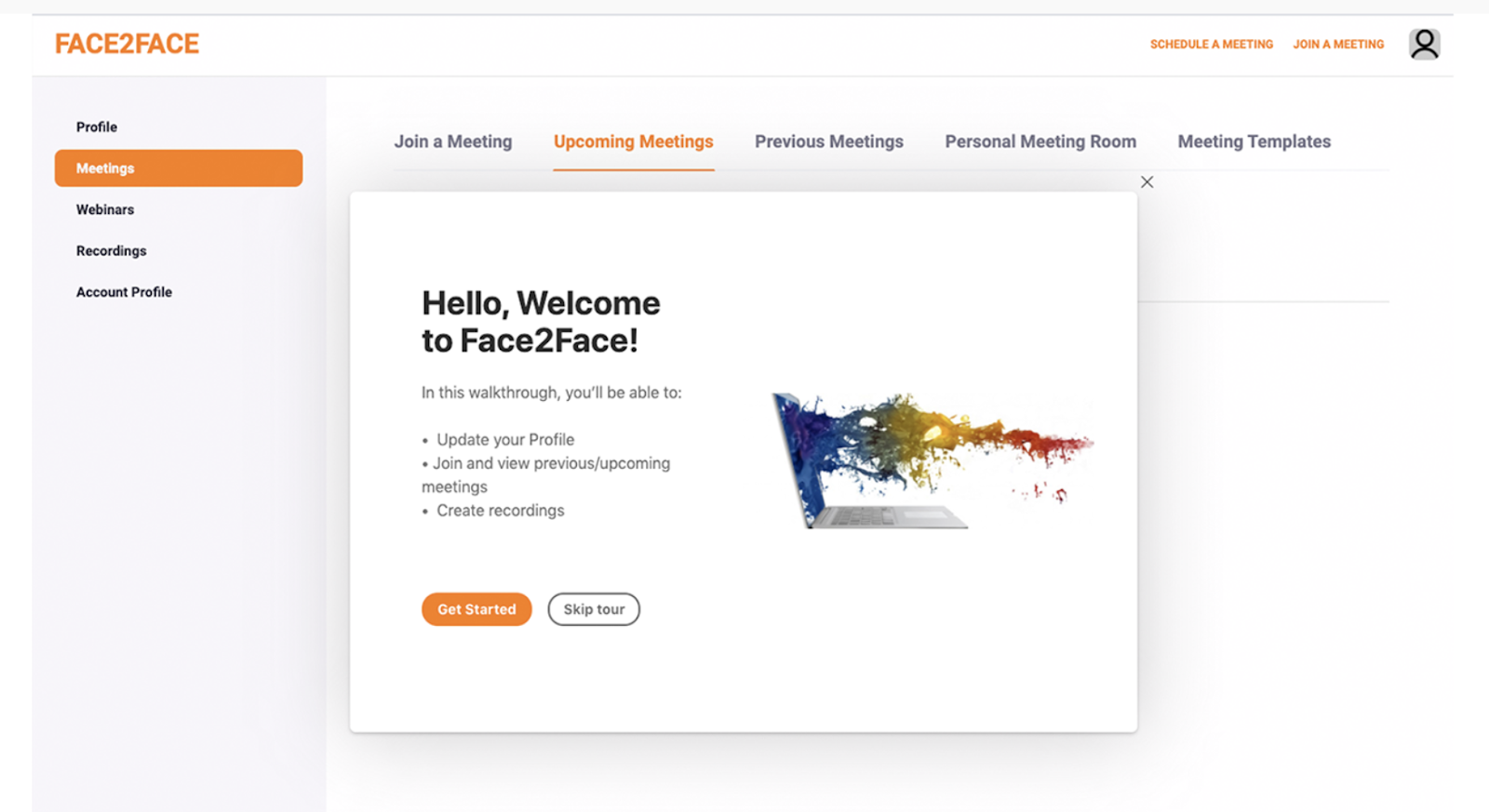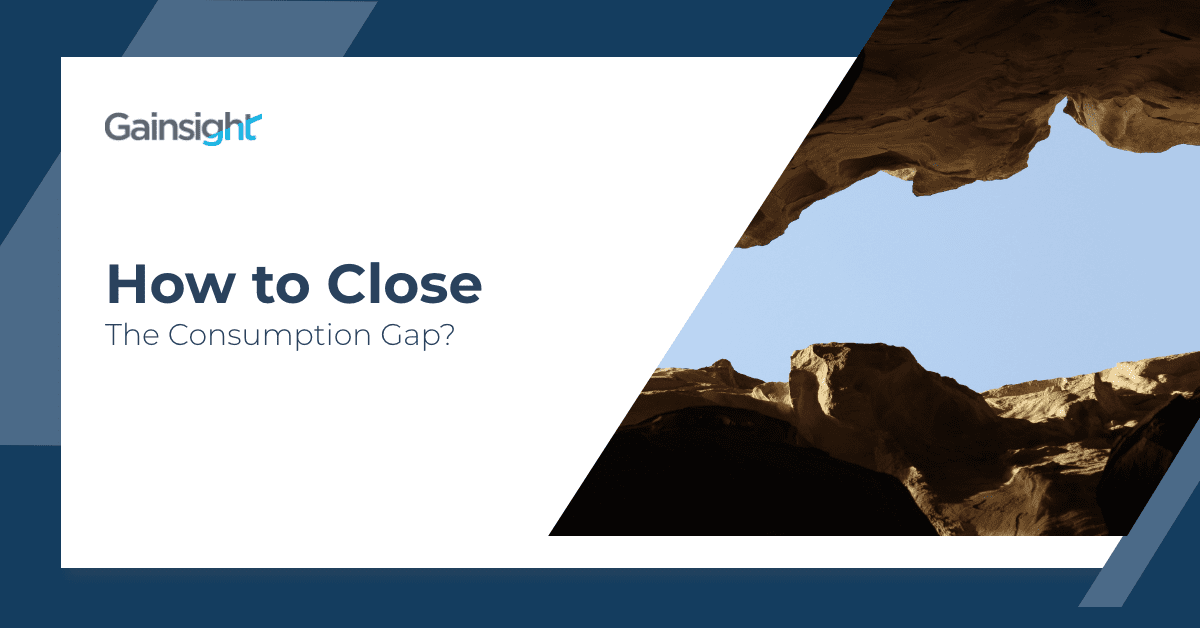This past weekend I took the time to start (re)reading the book that Ashvin and Ruben wrote last year. One concept that was brought up by JB Wood was about Consumption Gap.
What is the consumption gap (as it relates to Customer Success)?
If your end customers can’t figure out how to use your product or they can’t get it to work in their network, or they can’t change their business process to adapt to its features, it has little or no value to them.
The difference between the value a product could provide to the customer and the value it actually does provide is what we call the ‘consumption gap’.
The goal is, of course, to shrink the consumption gap over time. This is an ever-evolving process because as your product evolves, the consumption gap grows.
So, how can we as Customer Success Managers, close the Consumption gap?
- Keep abreast of the new Product releases: Keeping up to date on the latest product releases and ensure that you are talking about the new functionality to your customers. At Gainsight, we insist on attending product release meetings live and answer product quizzes after every release (our documentation team helps create these quizzes). If we have missed these releases, we are nudged to review the release as soon as we log into Gainsight through our Product Analytics and Engagement solution, Px (See below). Bottom line, we can’t possibly close the consumption gap for our customers without being aware of it ourselves.

- Talking to the right people in the customer’s organization: If we see that we are not making headway with the customer towards closing the gap, we may not be talking to the people who can do the following for you:
- champion for us internally
- get the resources or the buy-in of people to get to those resources
- care about the success and understand the value the tool can provide even if it is not providing it right now (i.e. they believe in the promise of your solution)
If we are talking to the right people, sooner or later, we will make progress towards closing the consumption gap.
- Conduct value discussions: What does value mean for the customers? What does the customer care about? You need the knowledge of the product but that’s not enough. You also need the skill to translate that knowledge into value for the customer. Only then will the customer listen and be interested in giving us time. How does your new feature translate into customer’s Key Results and Actions? How can our product help customers achieve their goals or their next promotion or both? And when the new feature/functionality does not do anything for the customer, we should be OK on not pushing it. Not all customers will adopt every sticky feature there is.
- Close the loop in enablement and change management: Even if the customer is bought in, it does not mean that we have won the battle. Think about how can customers quickly adopt, how can they train (create/send enablement materials or conduct training sessions) and how can they change their current process to start using our tool (this is a really meaty topic on change management). It is easy for the end-users to fall back to old habits because change does come with resistance. We should anticipate the resistance and plan for it. Working with our adoption champion to anticipate the resistance, monitoring it
- Gauge (and change) perception of consumption gap new sponsor: A new sponsor can come with a lot of preconceived notions of your tool. Some of this can be good, and some can cause trouble. Value gap may exist in the mind of the new sponsor. In that case, there are a couple of paths that we can take:
- We help correct that impression, tactfully, by showing the past ROI and successes of the tool and have our internal champions vouch for the value of the solution to this new sponsor. At Gainsight, we capture verified outcomes for our customers in which we track customers where the decision-maker has acknowledged outcomes or value. This metric forms a part of our health scores and a part of CSM compensation.
- New execs may still need more convincing than showing them past achievements. Understanding the yardstick for success for this new executive is key. The new executive will craft their own 30-60-90 day plan that may not align with their predecessor’s. The latter part of this webinar on CS hands offs talks about how to effectively manage a change of sponsor event. What helps here is an Exec Business Review kind of conversation with the new executive discussing their priorities and the working through those priorities with Adoption champion and admin. Aligning your solution’s value with the 30-60-90 DAY plan of the exec helps us get a buy-in from the executive early as they need to show value fast in their new role. An EBR also serves a good opportunity to highlight roadblocks while we have exec attention.
- Channel feedback to the product: Sometimes the problems around the consumption gap may not be solvable by the sheer grit of the CSM alone. As product complexity increases, so does the consumption gap. It befalls on the CSM and CSM leadership to make the Product organizations aware of consumption gaps that arise as a result of the functionality being overly complicated or less useful. Product teams can also do this analysis by identifying key dropoff points or areas of low feature or module usage through a solution like Gainsight PX. User community feedback can also serve as a critical channel of feedback on consumption gap as well: Which features are not mentioned in the community at all? Why?

- Better training – in and out of the product: Improving training offerings on product areas that are consistently under-utilized by the customers can be a good investment to close the consumption gap. Also useful our in-app product guides to activate the usage of new or complicated or lesser-known features. Example below:

The consumption gap has a tendency to undermine the potential ROI of your solution because your customers end up paying a premium for complex technology that’s never used because it’s not useful to them. As the consumption gap widens, it can result in down-sell or churn conversation. On the flip side, improving consumption gap delivers our promised value and can result in upsells and make renewals a non-event.

